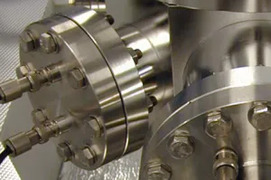Advances in Isotope Ratio Determination by LA–ICP–MS
LA–ICP–MS has proven to be an extremely important analytical tool within the Earth, environmental, and archaeological sciences. New developments in both instrumentation and methodology now provide the ability to extract age and isotopic tracer information in situ at a variety of scales (from nm to cm), in 2- and 3-dimensions, quickly and cost-effectively, providing considerable analytical flexibility compared to other micro-analytical techniques. Here, we review the current state of the art in laser ablation isotope ratio determination and provide some insights into future developments.
Advances in Isotope Ratio Determination by LA–ICP–MS Read More »



